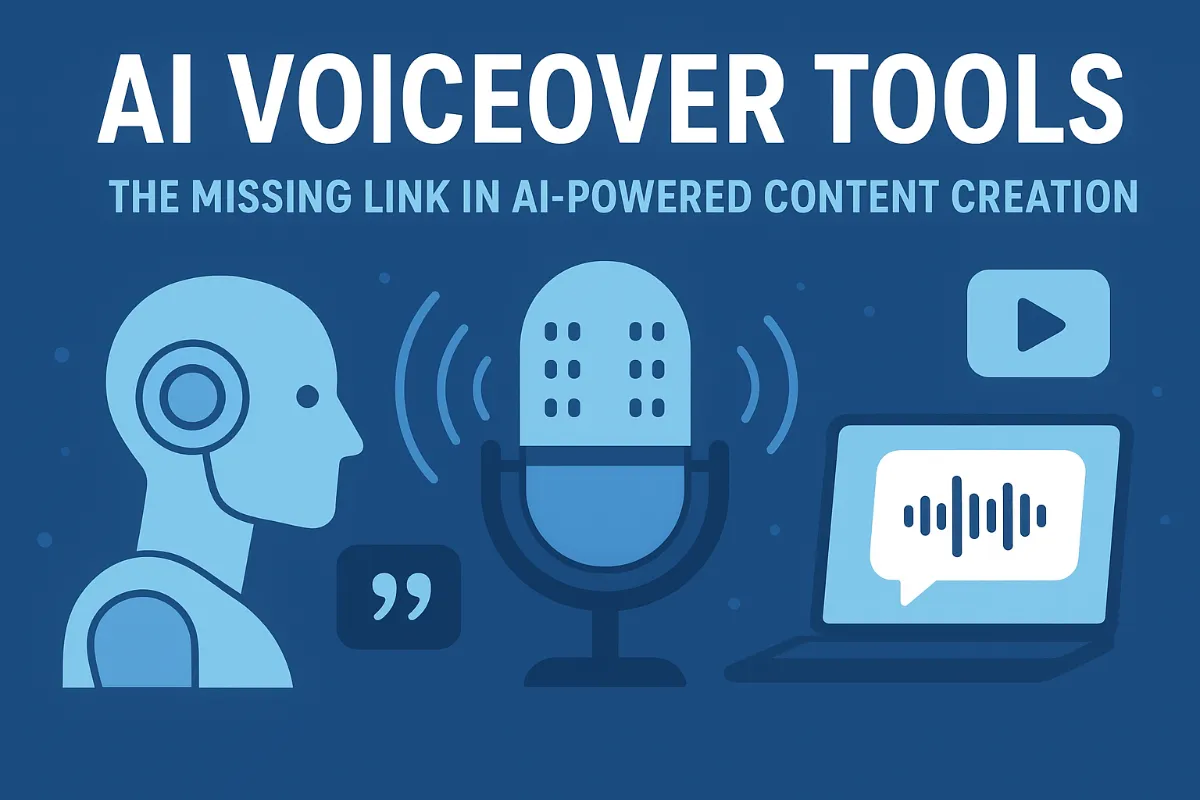Employee Training LMS Implementation Guide
A Learning Management System (LMS) for employee training can revolutionize how organizations train their employees. An LMS can serve as a one-stop hub for managing, delivering, and tracking your learning activities, therefore streamlining the training process.
This guide highlights all the necessary steps to get the implementation done right. Whether you're implementing an employee training LMS for the first time or upgrading your current system, following these structured steps will ensure success.
Why Do You Even Need an LMS?
The organization should first recognize its training needs before implementing an LMS. Evaluate existing training approaches and identify any gaps. Think about what kind of training will need to be done—is it compliance, skills, onboarding, etc.? By understanding these needs, the right LMS selection can be made that fits well with the organization.
Selecting the Right LMS
Selecting a learning management systems (LMS) requires comparing the options against specific criteria. Some critical parameters include ease of management, scalability, customization features, as well as integration support. You must choose a system that can scale up with the organization and meet the changing training needs. You can assess if the system works by reviewing user reports and running first-stage testing.
Engaging Stakeholders
Early involvement of critical stakeholders will help execute implementation faster. Stakeholders may encompass HR professionals, IT employees, and department heads. Getting their feedback will help identify challenges and build a system that caters to various needs. Open communication with stakeholders enhances collaboration and cultural engagement while helping to identify and mitigate any risks.
Planning the Implementation
No plan equals disaster. Everyone wants to have a hassle-free LMS rollout, but it doesn't happen by just wishing for it. A well-structured plan is the key to every LMS's success. Set up a timeline and objectives to maintain order throughout the process. Break it down by assigning roles and responsibilities to team members and outlining what they need to do. The organization should develop a comprehensive project plan to avoid implementation delays.
Customizing the LMS
After selecting the LMS, customization is the main part. Customize the platform to appropriately match the organization's brand and training objectives. Improve engagement by including multimedia, such as videos, quizzes, and interactive modules. According to research from Harvard Business School, companies that invest in comprehensive employee development programs see 21% greater profitability. LMS customization ensures a bespoke learning experience that resonates with employees.
Training the Trainers
You cannot go live until you train the trainers. These people will help employees and ensure that any problems are solved quickly. Train them properly on how to use the LMS and manage content. The training team makes all the difference between the success and failure of the implementation, and it should ideally be a properly well-prepared team of trainers.
Launching the LMS
Once the preparations are in place, it's time to introduce the LMS to the workforce. Implement a pilot program with a limited number of employees. This method allows testing and adjustment before mass rollout. Solicit feedback from participants on areas for improvement.
Monitoring and Evaluation
This requires periodic monitoring to ensure that the LMS is serving its intended purpose. Monitor usage trends, completion percentages, and employee feedback. Ongoing assessment identifies what needs to be changed and keeps the system relevant. Making changes to the content and training methods based on feedback can help improve the overall experience.
Encouraging Ongoing Learning
An LMS must encourage continuous learning. Direct employees to courses and modules that align with their career objectives. Giving employees recognition and rewards can inspire them to be more active on the platform. Encouraging a company culture where learning takes place can benefit both employees and the organization.
Maintaining and Updating the System
The LMS requires regular management and maintenance, including updating and troubleshooting. Keep content fresh to meet the changing training needs. Address technical problems quickly to keep users happy. With regular maintenance, the system continues to serve as a useful employee development tool.
Conclusion
Implementing an LMS for employee training comes with many advantages, from better managing training in one centralized location to integrating various learning sessions effectively. Understanding needs, choosing the right system, and ensuring stakeholder engagement leads organizations to successful implementation. The LMS will be a treasured asset for many years to come thanks to ongoing assessment and upkeep.



